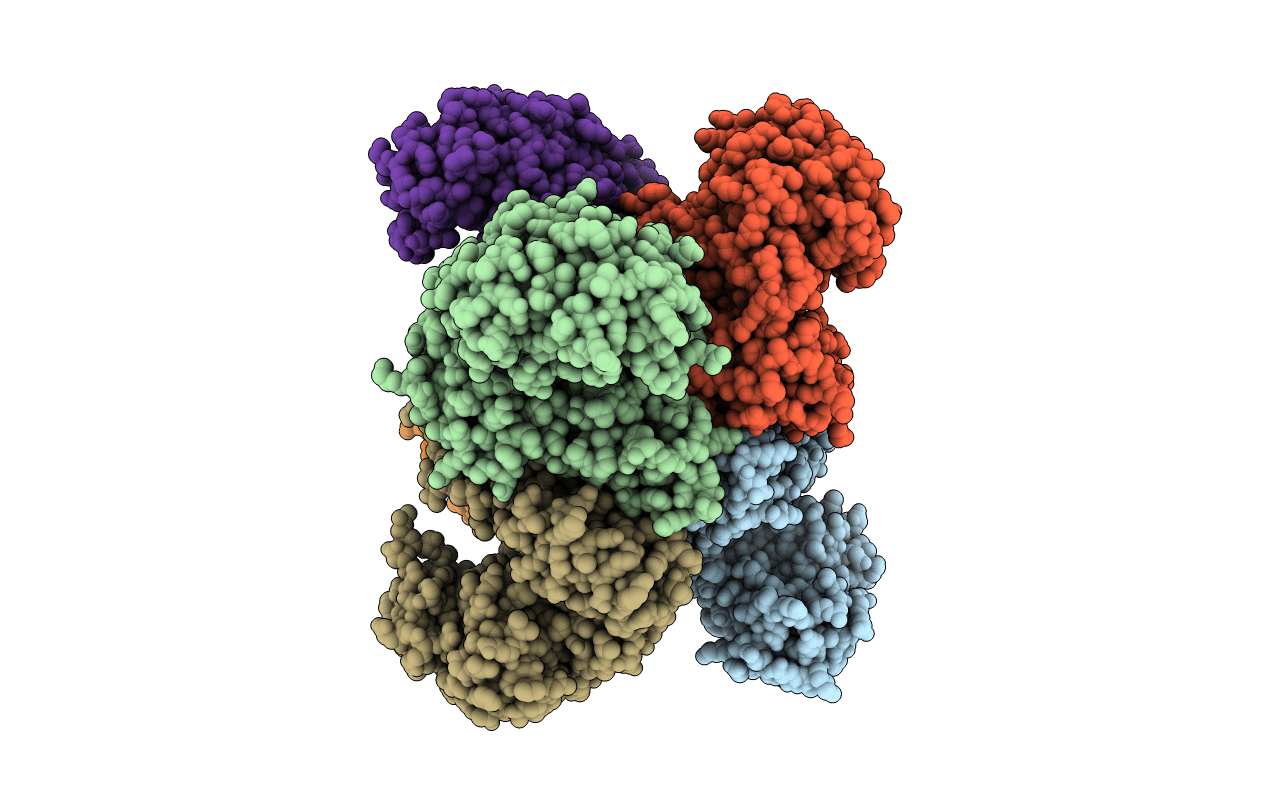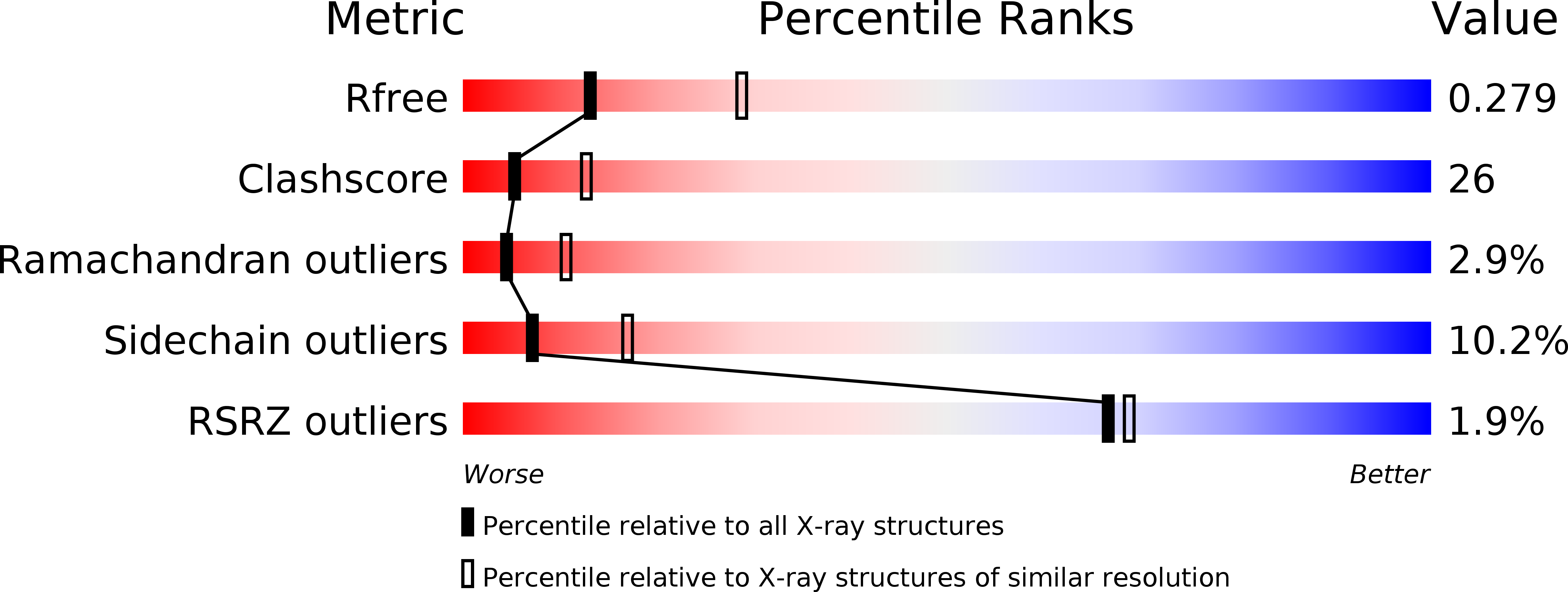
Deposition Date
2011-04-05
Release Date
2012-04-04
Last Version Date
2023-12-20
Entry Detail
Biological Source:
Source Organism:
CLOSTRIDIUM SYMBIOSUM (Taxon ID: 1512)
ESCHERICHIA COLI (Taxon ID: 562)
ESCHERICHIA COLI (Taxon ID: 562)
Host Organism:
Method Details:
Experimental Method:
Resolution:
2.70 Å
R-Value Free:
0.28
R-Value Work:
0.21
R-Value Observed:
0.21
Space Group:
P 1


